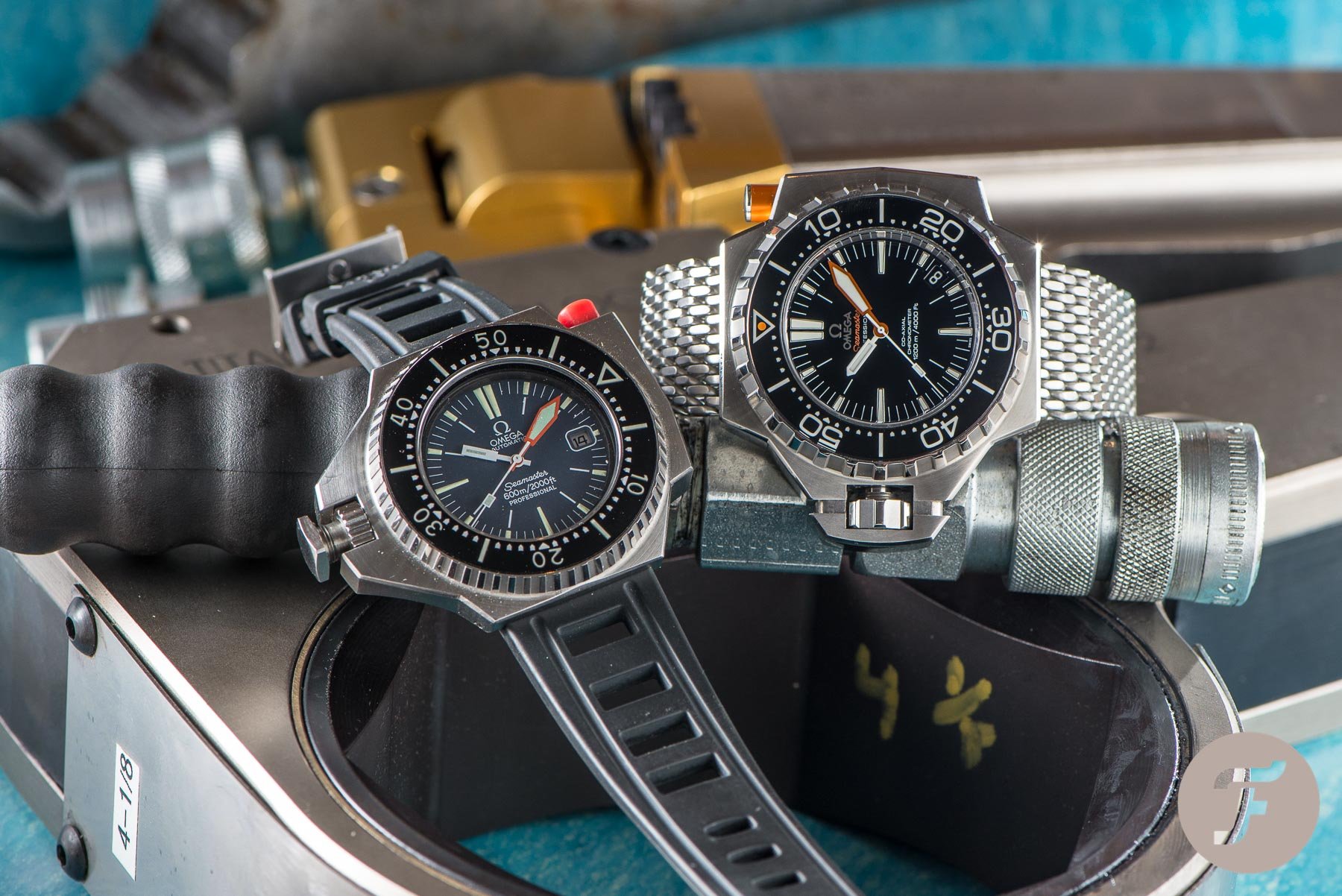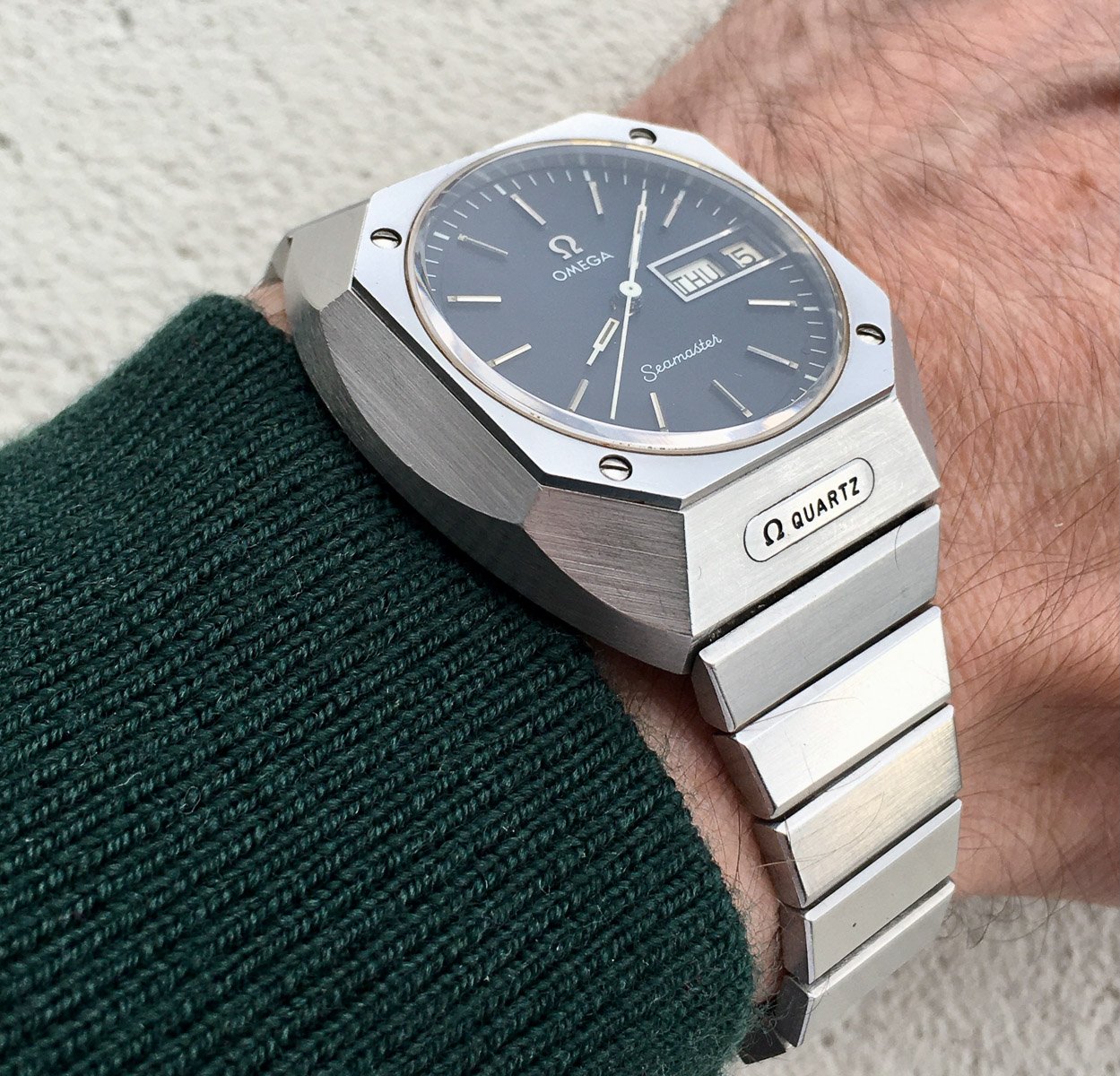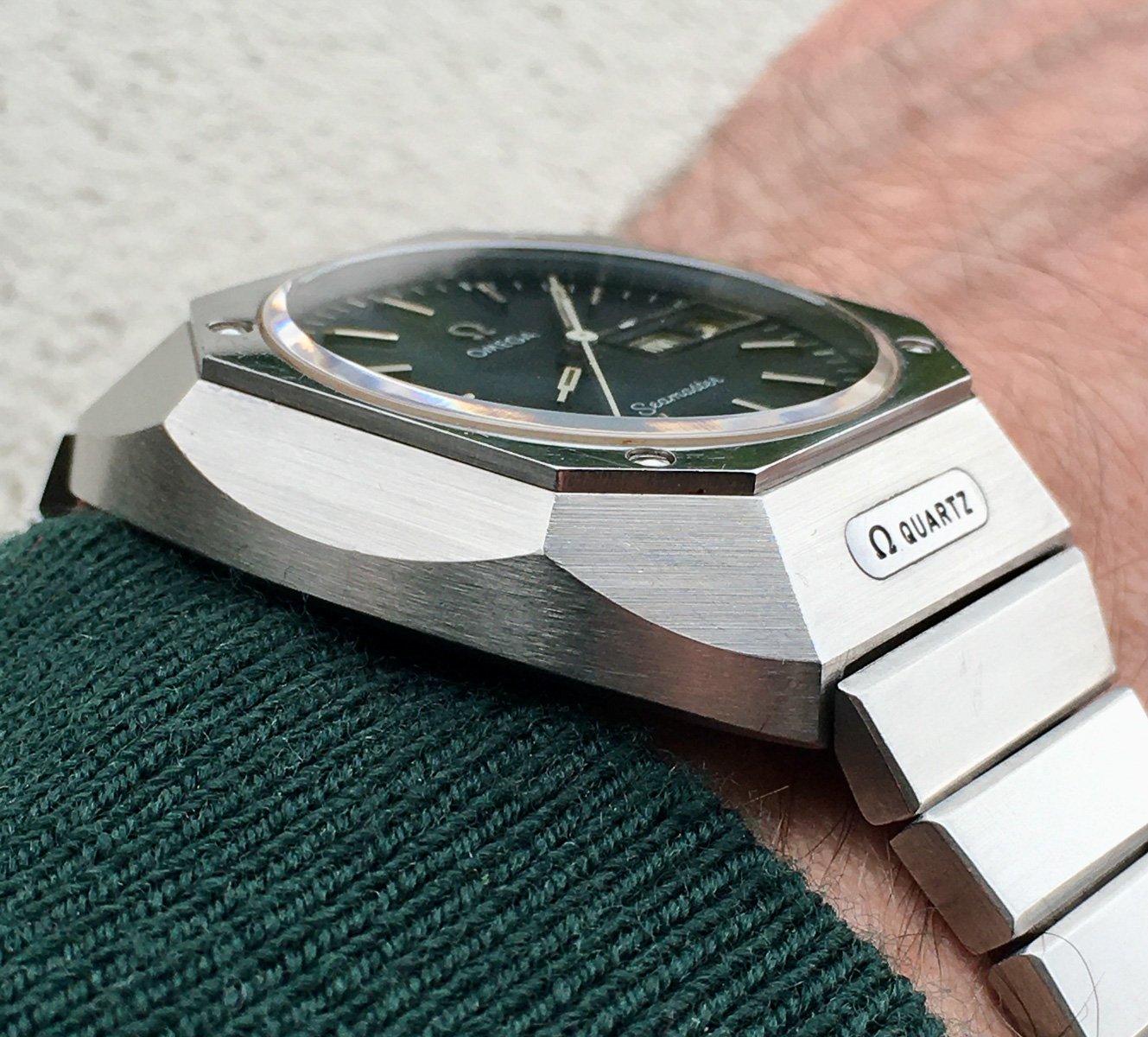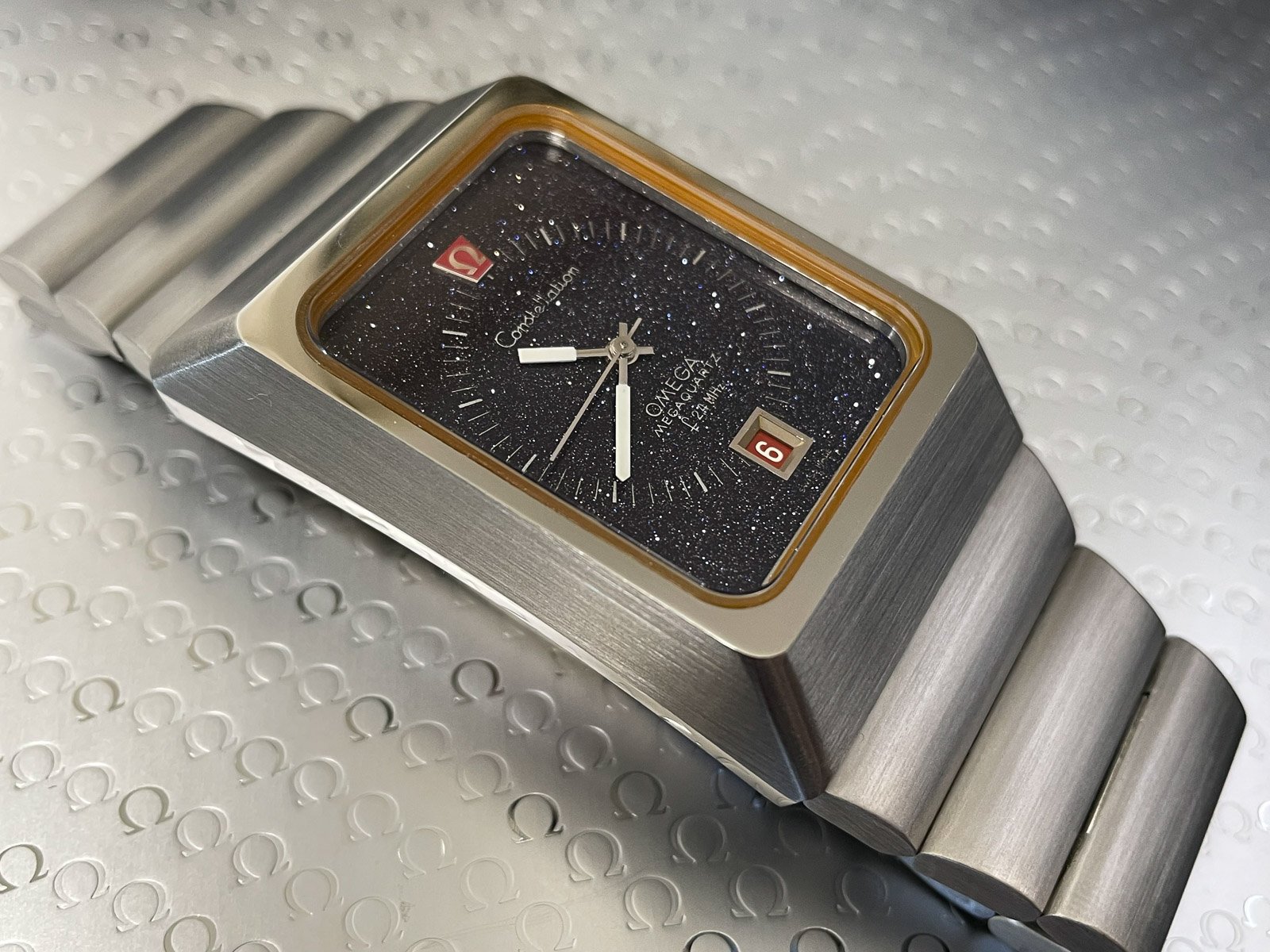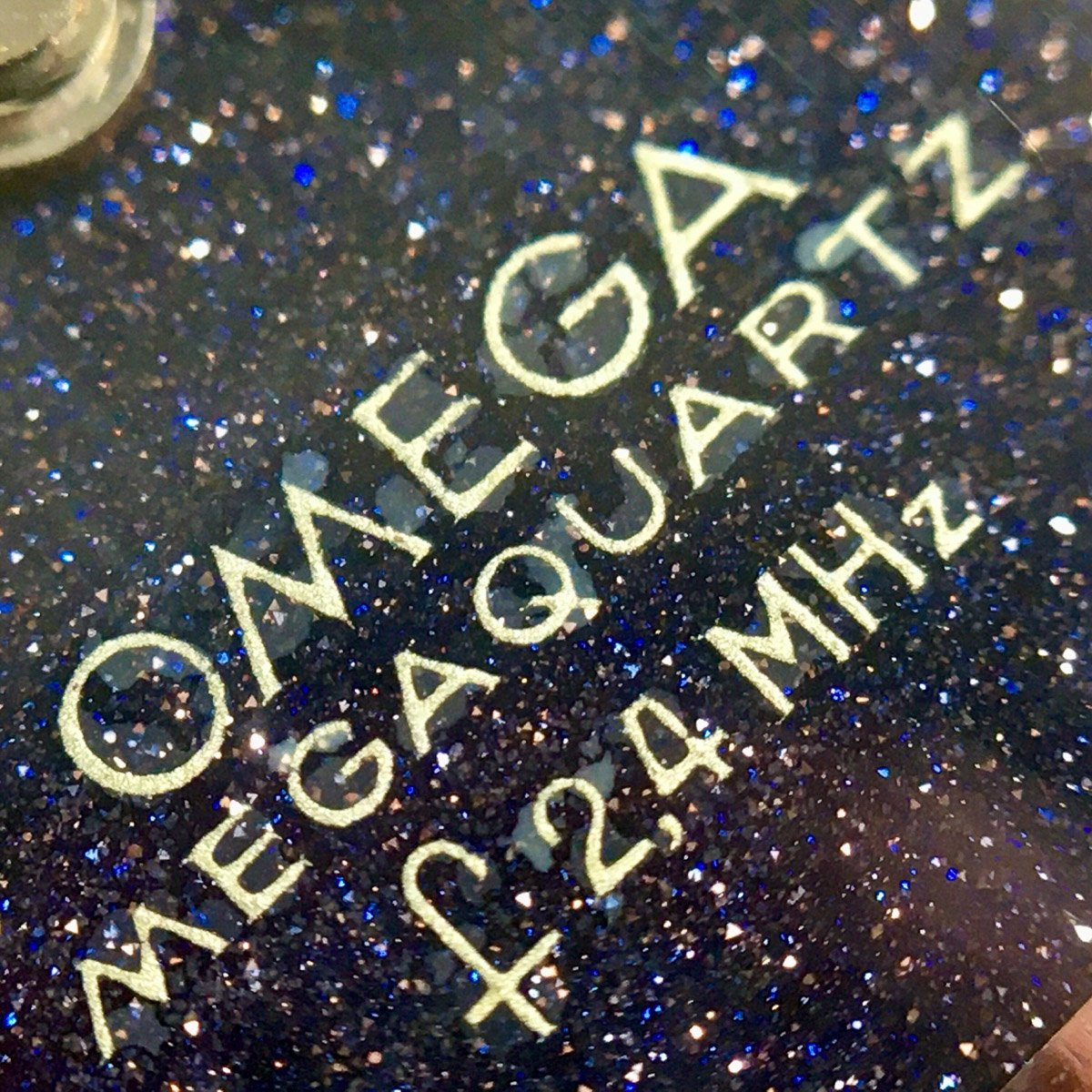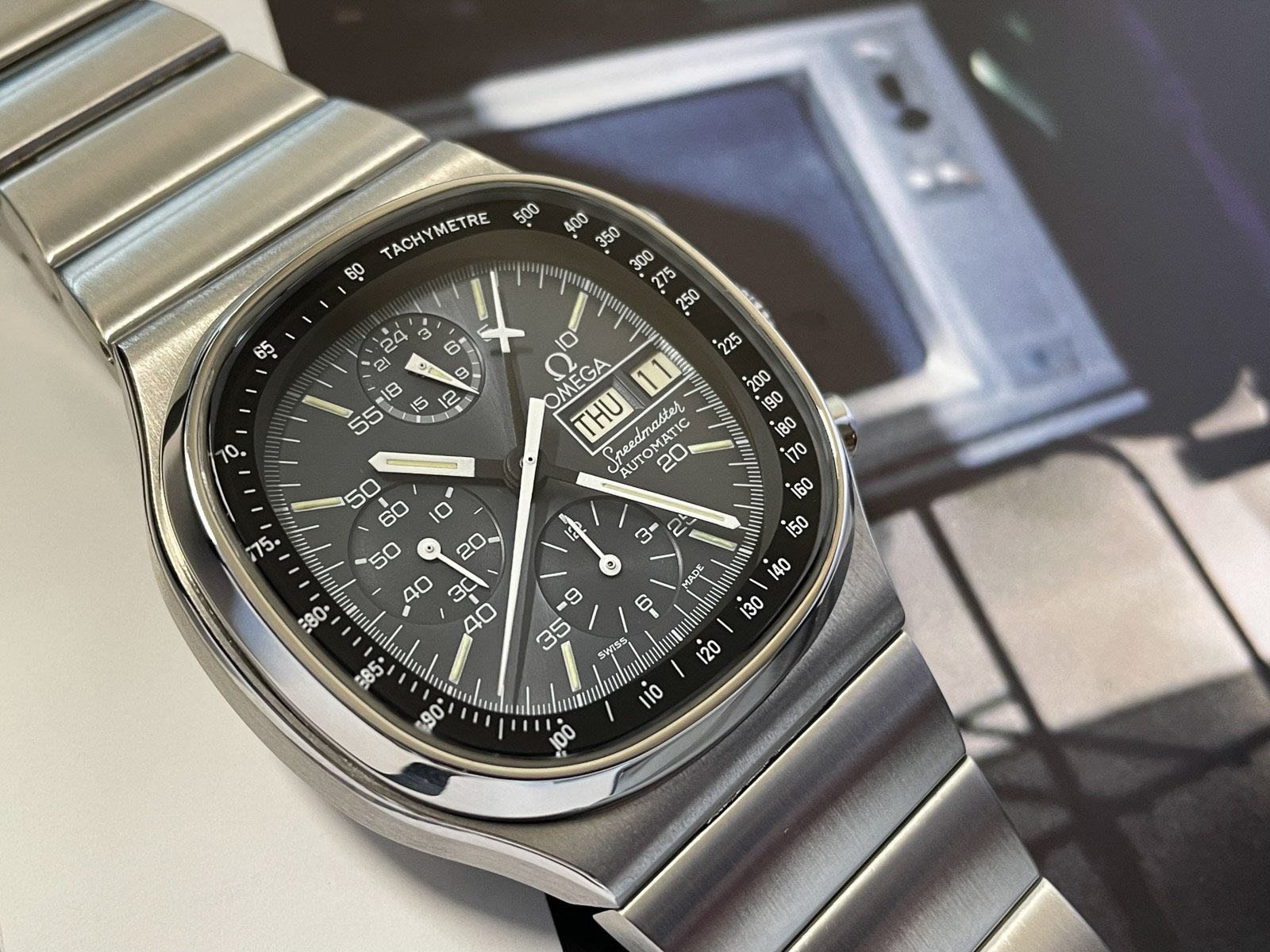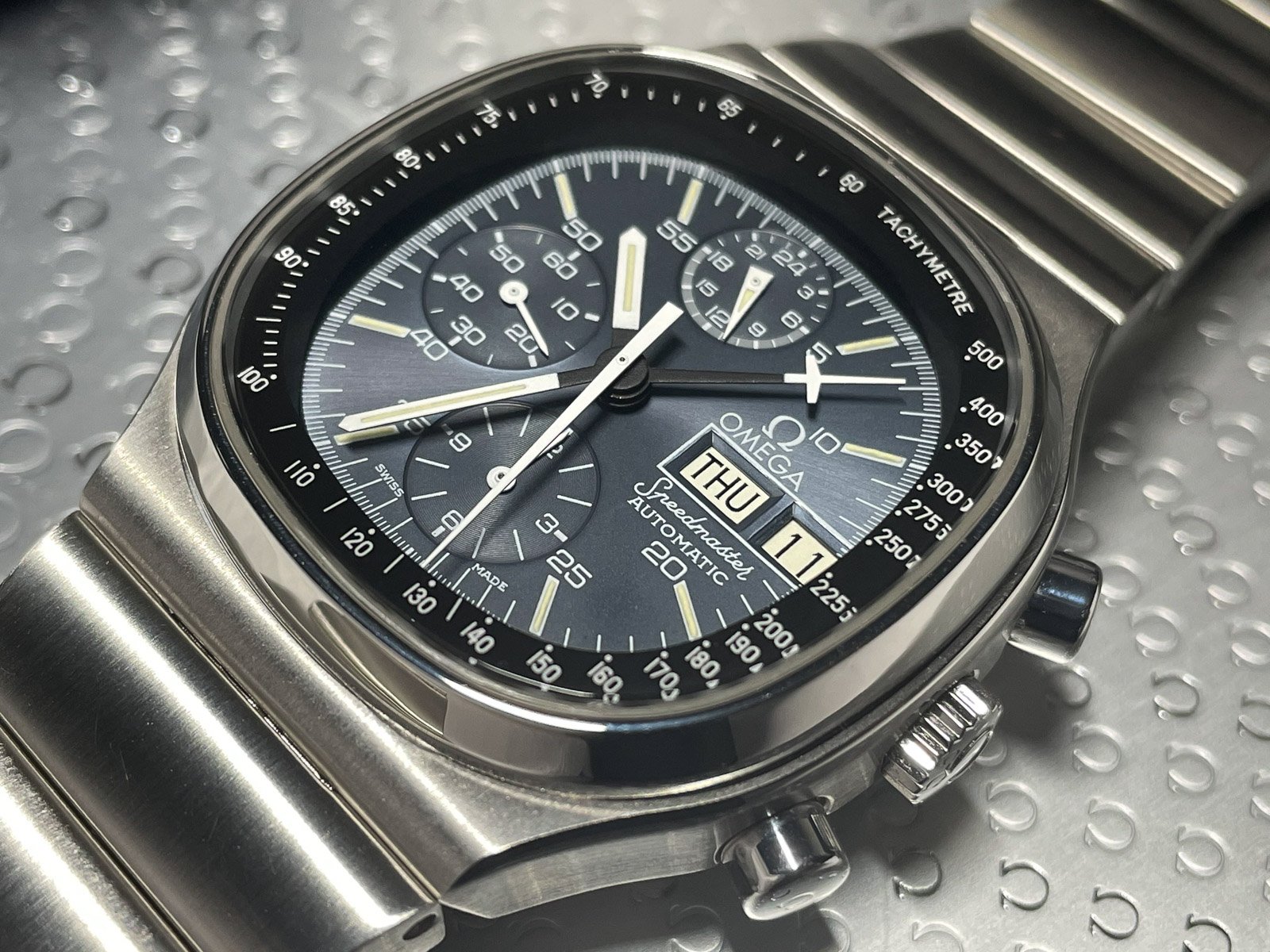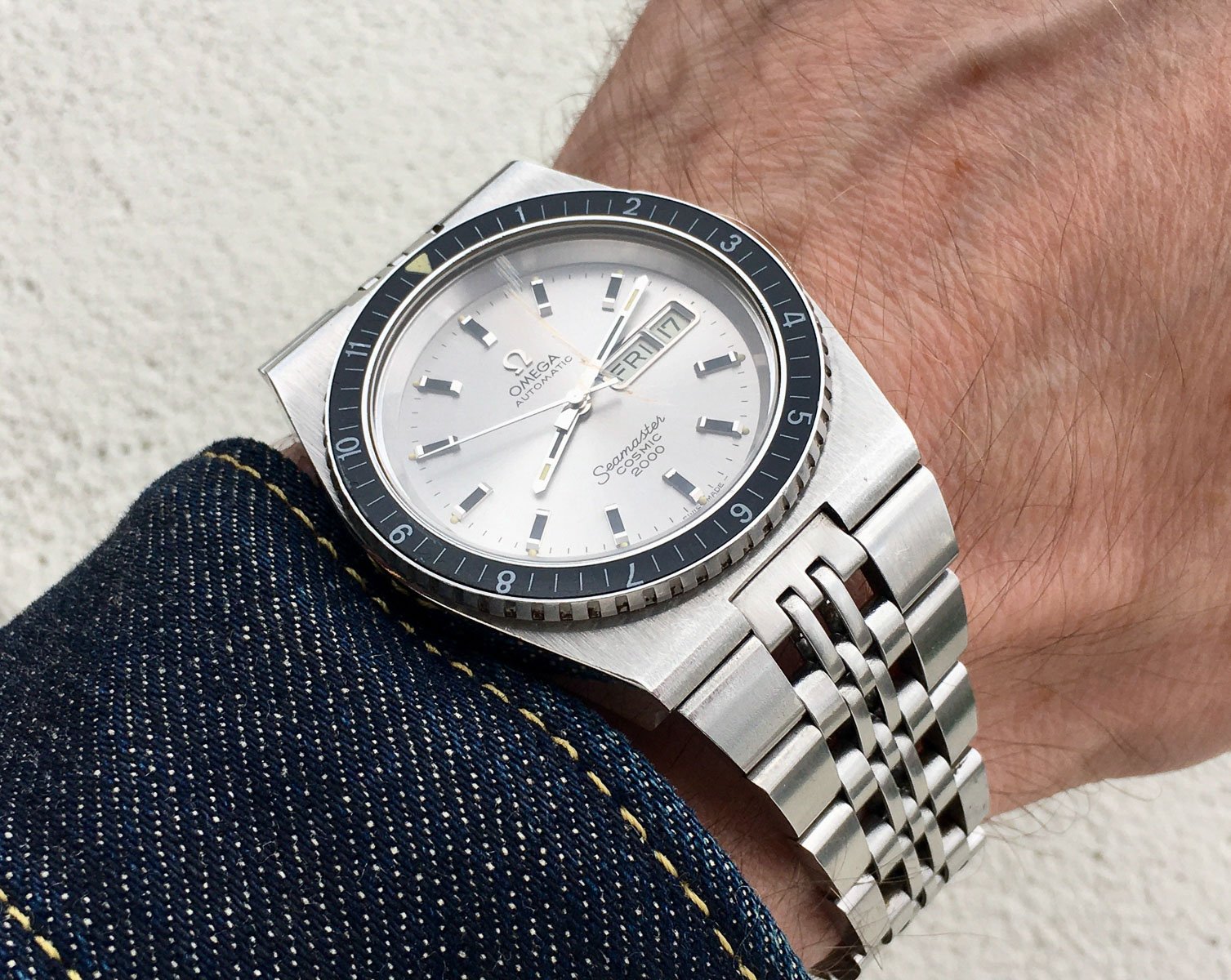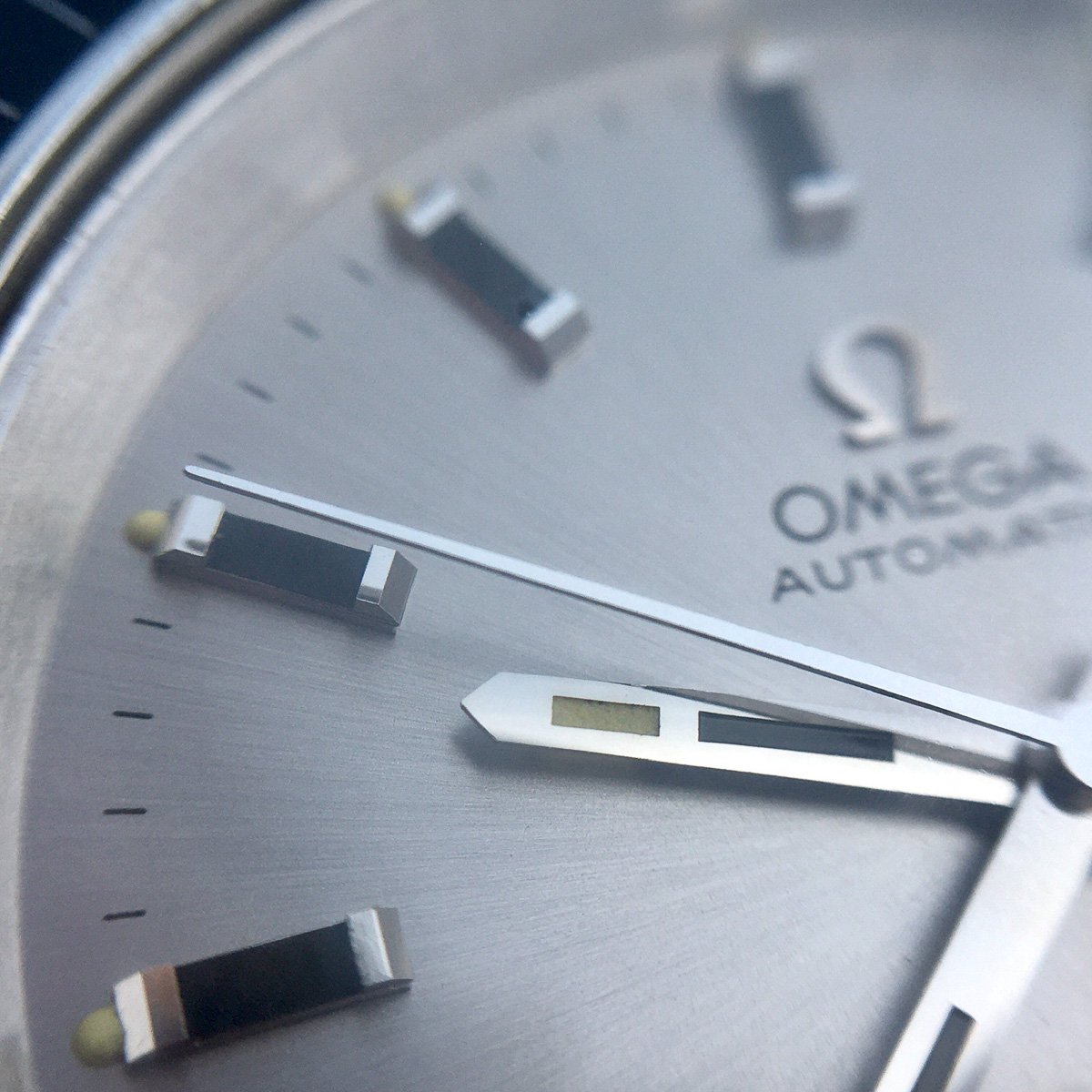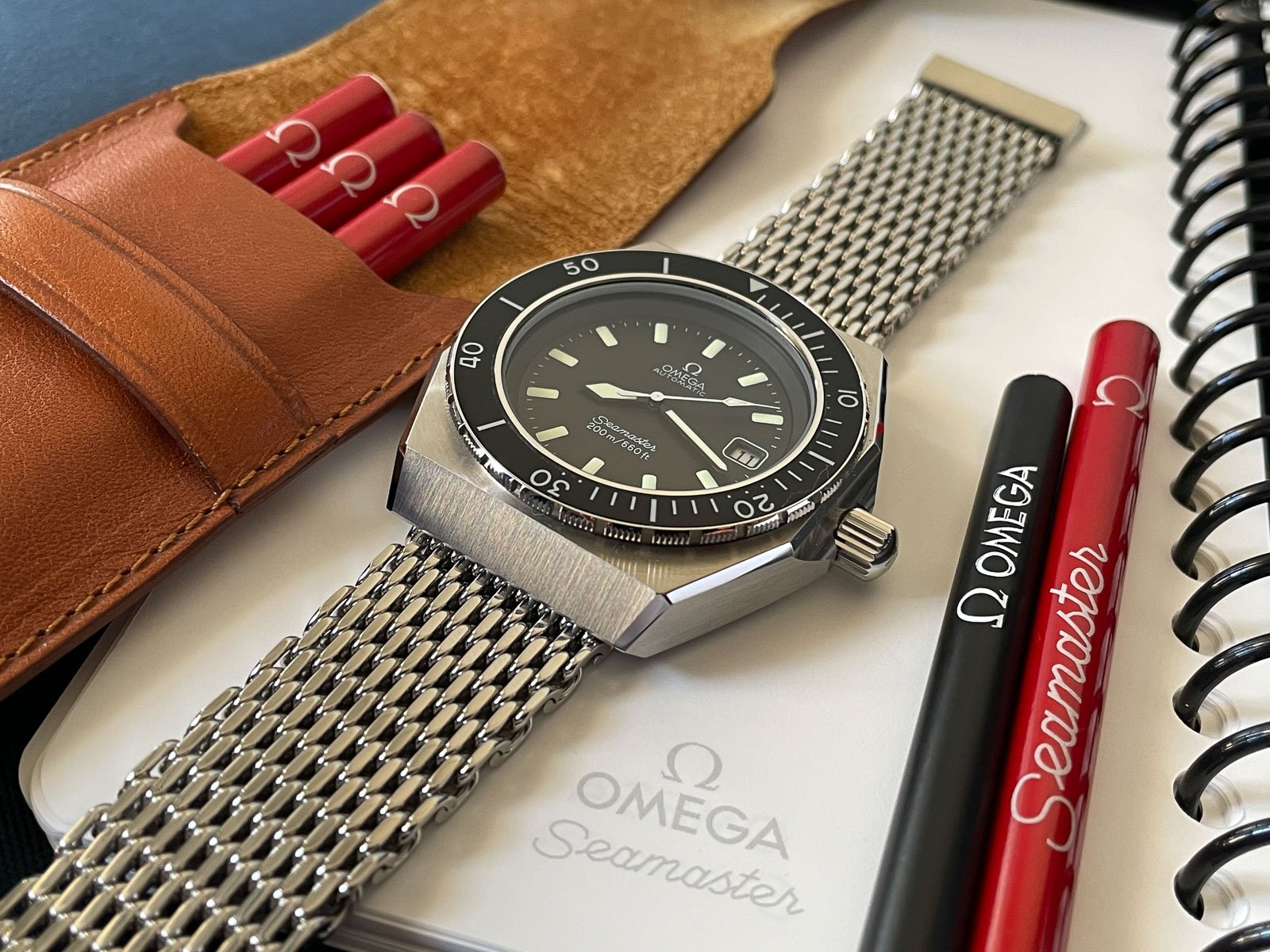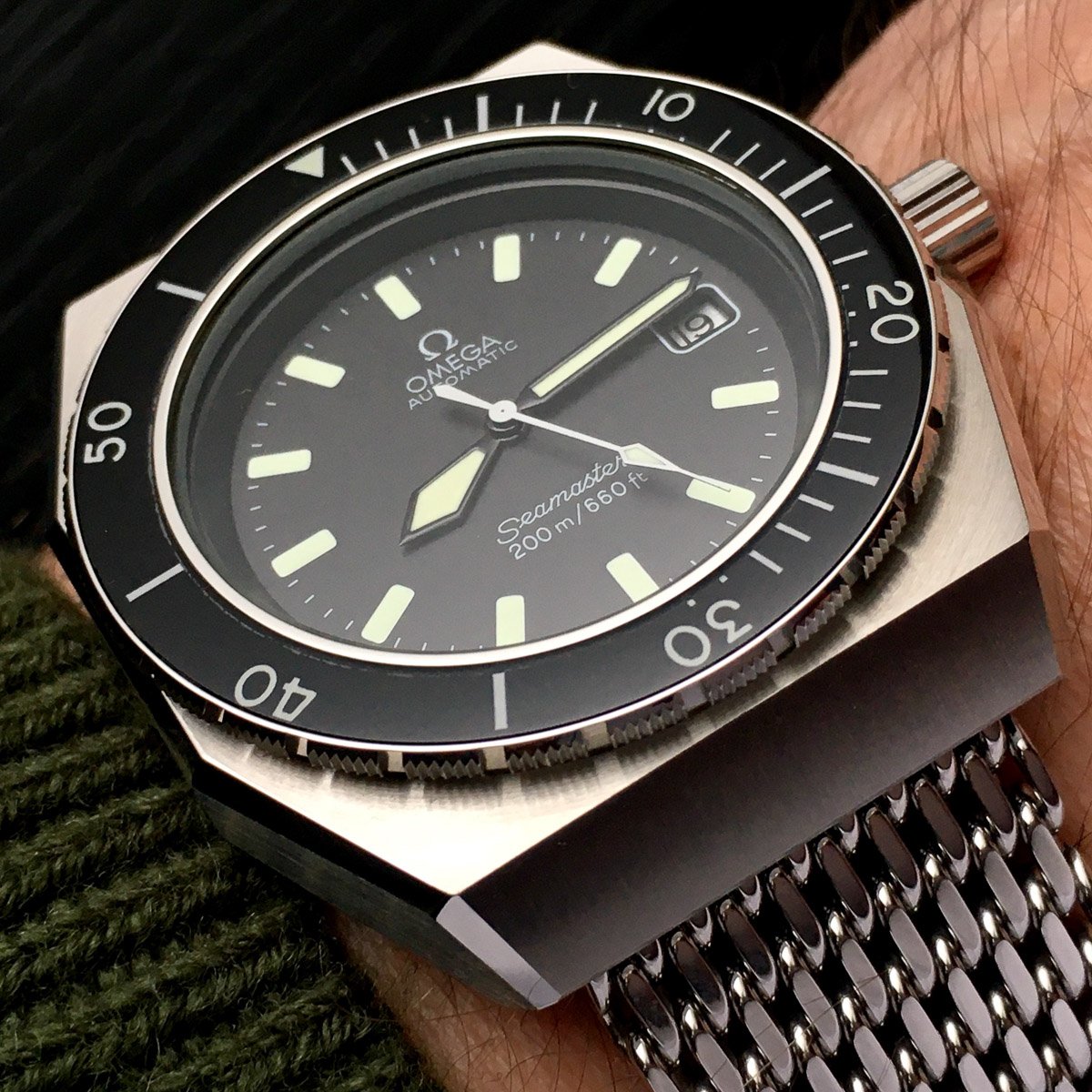Finding The Best Omega Watch Designs From The 1970s
As a fan of watch design, I have developed a healthy obsession with the first generation Omega Constellation Manhattan. The Constellation Manhattan is Omega’s biggest icon introduced in the 1980s. But it’s also one of the few introduced in the “decade of decadence”. The seventies is where the true magic of vintage Omega design is for me. Enter another healthy obsession. It’s time to take a look at a selection of brilliant releases from the seventies that have crept to the top of my list of vintage wants.
I couldn’t believe it when I read it, but the 1970s have officially been hailed as the most stylish decade ever. Sure, the 1980s are criticized for a lack of taste (although I feel very much at home with its style), but could the seventies be better than the Swinging Sixties? Apparently so…
When I started thinking about it, there are so many revolutionary designs from the ’70s. And not only when it comes to watches. Over the years, I have developed a slight obsession with Omega watches from the seventies. Especially some of the lesser obvious models have attracted my interest and are on my list of wants.
Finding the right images
For creating this article, I asked help from British Omega collector Stevie Mac also known as steviemac1040 on Instagram. He owns a great collection of modern and vintage Omegas including the watches on this list. On top of that, he also takes stunning pictures of his watches. Especially the detailed close-ups, which are some of the best shots on Instagram. And the story becomes even better if you realize up until late last year, they were shot on an iPhone 6 with a clip-on lens. I can definitely recommend following him on Instagram to see his amazing pictures.
For this list, we only touch shortly upon five of the remarkable designs that Omega created. In the late 1960s, Omega came up with a string of releases like Speedmaster Mark II and the iconic Flightmaster that sparked a new way of design thinking. Many of Omega’s designs from the ’70s became icons like the Ploprof, the Speedmaster Professional 125, the Speedmaster Mark III, and the Speedmaster Mark 4.5. Our selection focuses on personal favorites whose designs are at least as remarkable. In the list, you will find quotes from Stevie highlighting his thoughts on each specific model.
1. Omega Seamaster Mariner MK1
The first watch on our list is the Omega Seamaster Mariner MK1 ref. ST 396.0840 that was introduced in 1976. This bold watch was Omega’s top of the bill quartz watch along with the second generation of the Omega Marine Chronometer. Both watches were marketed as high-end sports watches, and seeing their designs, they fit the category that Genta kickstarted in 1972 with the Royal Oak.
Unlike many, I have absolutely no qualms about wearing a watch that proudly boasts it’s a quartz. Especially when it’s on a case like this marvel.
The absolute eye-catcher is the stainless steel case that looks like it was chiseled from a big block of steel. But many more subtle curvy lines make sure the watch is a joy to wear. At 38.6mm, the Seamaster Mariner is still pretty up to date with today’s standards. The uniquely shaped bezel with its four big screws and the “quartz” plate add more drama to the aesthetic. Add the minimalist looking stainless steel bracelet, and this is an absolute winner.
A contrasting dial
Besides the case and the bracelet, the watch features a very clean toned-down black dial with applied hour markers and Omega logo, and a day and date indication at the 3 o’clock position. The very slim hands are a joy to watch, and along with the other elements on the dial, they contrast nicely with the dramatic presence of the case. The Seamaster Mariner is powered by the Omega Caliber 1310 Megaquartz movement that can be operated with the crown, and the two pushers that almost sink into the side of the case, hardly intruding upon the overall case design.
The Seamaster Mariner can be found for reasonable prices, depending on the condition. You will have to find one in good condition, as sourcing parts for these watches can be tricky. The hands are unique to the watch, links for the bracelet are scarce, and you need an expert to service the movement. But once you have one found on that is in good nick, you will be amazed by the design with all its intricacies. This one is on the top of my list for a reason!
2. Omega Constellation Megaquartz 2400 Aventurine
The Omega Constellation Megaquartz 2400 with the aventurine dial (ref. 396.0806 / 196.0013) is extraordinary. It was part of the Constellation Megaquartz collection that was Omega’s most expensive collection of watches in the mid-1970s. The idea behind the Megaquartz Caliber 1500 series was to come up with the most accurate quartz movement ever produced. Caliber 1500 was introduced in 1970, and its successors were used for the Constellation Megaquartz. Up to this day, the Megaquartz is still the most accurate non-thermocompensating watch ever made
The Constellation Megaquartz “Stardust” features Omega’s Caliber 1510 — a reference number collectors also use to refer to the watch as well. The 1510 series came in steel and full gold and a variety of dial executions. The most remarkable, without a doubt, is the deep blue aventurine version. The full gold version with an aventurine dial was the absolute top of the line, costing more than a Porsche in 1974. Finding one is incredibly hard as only between 100–200 pieces were produced.
It’s all about the dial
But this steel version is no less stunning! And besides the stunning dial material, the overall dial design is toned down to let the aventurine shine. I especially love the straightforward minuterie. But the overall design of the Constellation Megaquartz stands out as bold and futuristic. The 32.7×49mm rectangular stainless steel case with its curvy bracelet links can be defined as a typical seventies design. This clash of rectangular and curvy shapes is archetypical of the era. And I can only advise you to check out the full collection of Constellation Megaquartz that were produced, including the Marine Chronometer version that featured the Caliber 1511 boasting an accuracy of 1 second per month.
This one’s all about THAT dial. Still pictures don’t do it justice – it has to been seen in direct sunlight to be believed!
Finding a Constellation Megaquartz is not that difficult, but finding one in decent working condition is tough. Finding one with an aventurine dial is extremely tough as the production numbers were low (1,000–2,000 pieces of the Constellation Megaquartz altogether), and plenty of the aventurine dials cracked along the way. And once you have found one, the chances are that it needs some work done. To give you an idea, Stevie’s watch needed a complete restoration that included laser welding the case and a new date wheel. But as you can see, it’s all worth it because that dial is simply magnificent.
3. Omega Speedmaster Automatic “TV Dial”
I have to be honest here, the Speedmaster Day-Date Automatic c.1045 or simply the Speedmaster TV Dial would not have made the list had Stevie not directed me towards it. For the list, I focused on pretty much everything but Speedmasters, so I forgot about this watch altogether. But this needs to be on this list when it comes to unique Omega designs from the 1970s. The Speedmaster TV Dial ref. ST176.0014 was produced from 1974 until 1977 and is probably furthest removed from the familiar Speedmaster aesthetic along with the Speedmaster Professional 125.
The watch gets its TV Dial nickname from its square shape with rounded edges used for the case, dial, and crystal. Despite the case not being entirely square at 43×42mm (including the crown), the shape is elegant. But don’t be fooled because the case is 15.8mm thick, making it a seriously chunky watch. However, it wears a lot better than the notoriously difficult-to-wear Speedmaster 125.
A legendary movement
The reason for this chunky profile is the Omega Caliber 1045, essentially a Lemania 5100 movement fine-tuned to Omega’s specifications. It’s an automatic chronograph with central second and minute counters, a day-date complication, and a 24-hour indicator. The watch was available with either a matte black dial or the stunning charcoal-blue sunburst dial you see in the pictures. On top of that, Omega produced the Speedmaster TV Dial with the integrated bar-bracelet you see in the pictures and a link bracelet. While I prefer the latter for its looks, the Bar bracelet has withstood the test of time better in terms of quality.
This was one of the very first models that caught my eye when I started collecting vintage Omegas in 2015. Now, 50+ Omegas later and I finally have one!
The Speedmaster TV Dial has become somewhat of a rarity. And when you find one, expect to pay serious cash for one. Where you would be able to find one for a reasonable price, currently they are starting at around 4k. Want one in great condition? Expect to pay even more. But when you do pay the cash for the Speedmaster TV Dial, you will own a truly unique Speedmaster. And a unique member of the Speedmaster family.
4. Omega Seamaster Cosmic 2000
This Omega Seamaster Cosmic 2000 ref. ST 366.0830 / 166.0160 is not so much special because of its case design, but the brilliant combination of the case and the integrated bracelet make this an absolute stunner. This particular watch has been one of the watches on Stevie’s Instagram that catches my eye every time. This particular Cosmic 2000 was available with a GMT or divers’ bezel, and as you can see, Stevie’s has a GMT-bezel.
This is one of those watches that you don’t really see much, but the people who see it are in awe. The combination of the steel case and bracelet with that silver sunburst dial looks amazing. The reference was first introduced in 1973. Stevie’s is from 1978 and features a 39mm stainless steel case and a bracelet in excellent condition.
A hard to find watch
The looks of the case and the bracelet, combined with its size and 11.5mm height, make this a perfectly wearable sports watch. The watch is powered by the Omega Caliber 1022 that was used for a string of Seamaster models. It features a day-date function and has a quickset for both the day and the date. While Stevie also owns two other Cosmic 2000 models, this is his favorite. And I absolutely agree with him. That bracelet makes this something special.
My third Cosmic 2000 (after a 166.0130 and a 166.0128), but this is the one I really wanted all along. It probably is my favorite Omega bracelet ever.
The Omega Cosmic 2000 ref. ST 366.0830/166.0160 with a silver dial is a rarity these days. They are hard to find, so it takes patience to get your hands on one in decent condition. The same watch with a black dial is more common and starts at around €1,500. But ones in good condition can go for double that. As you can imagine, for a model like in the pictures, the bracelet’s condition is crucial for buying one. On top of that, you must find one with the movement in good condition. But if you can find one, you will have a watch that looks amazing, and people will greatly appreciate it.
5. Omega Seamaster 200 “SHOM”
The last pick for our list is the Omega Seamaster 200 “SHOM” ref. 166.0177. It is a famous watch among collectors as there are both proper vintage models and ones assembled from NOS parts by Watchco, an Omega parts-and-service center in Australia. Although crucial to the story of the Seamaster 200 “SHOM,” it is not crucial when discussing its design. And the design of the case in combination with the mesh bracelet is as iconic as some of the other Omega dive watches from that era.
The Seamaster 200 “SHOM” gets its name from France’s Service Hydrographique et Océanographique de la Marine (SHOM), a government institution specializing in marine studies and the publication of official marine charts and maps. They approached Omega about possibly creating a divers’ watch for them different from the already existing Seamaster 200 models introduced in 1969. At Baselworld 1973, Omega presented the new Seamaster 200 with its beautiful angular, beveled case. Omega delivered a small batch to “SHOM” engraved with the letters “SHOM” on the case back.
Take your pick
The case of the Seamaster 200 “SHOM” is where the magic is. Its overall angular shape perfectly fits the 70s style of the Ploprof but has a lot more intricate details. Just look at the different chamfers connecting the face of the watch and the sides. They respect the overall shape but add the right amount of detail. I also love the simple dial layout. It’s very straight-forward with only the date as a welcome change-up. Add the beautiful Omega mesh bracelet, and this is pure gold. The watch is powered by the automatic Omega Caliber 1012 that was the standard movement for more of the Seamaster models and features a quickset date.
This one wears a lot more comfortably and a lot less aggressive than it might appear — a deceptively beautiful model.
As you can see in the pictures, Stevie’s Seamaster 200 “SHOM” is a new build. The combination of the case and bracelet looks very beautiful in pristine condition. The watch also features a rare NOS acrylic/bakelite bezel. There is definitely a lot to discuss when it comes to genuine vintage models versus watches assembled from NOS, but I’ll leave that up to you and the comments section to decide. Both are available pre-owned starting around €3,000. What I will say, though, is that from seeing the images of Stevie’s watch, I am in love with that case. And that’s why it’s the perfect watch to close out this list.
Final thoughts
There you have it, a list of five Omega designs from the 1970s that still look amazing today. Obviously, there is a lot more to the stories of each of the five watches. But seeing these watches together is the perfect testament to Omega’s great achievements in creating new and exciting watch designs. And that is a pretty powerful statement. And it’s exactly why I am excited by many of Omega’s designs from that era, as is Stevie Mac since he owns all of these stunners.
If you want to check out more of Stevie Mac’s Omega collection, check his Instagram here. And you can check out my Instagram here.

